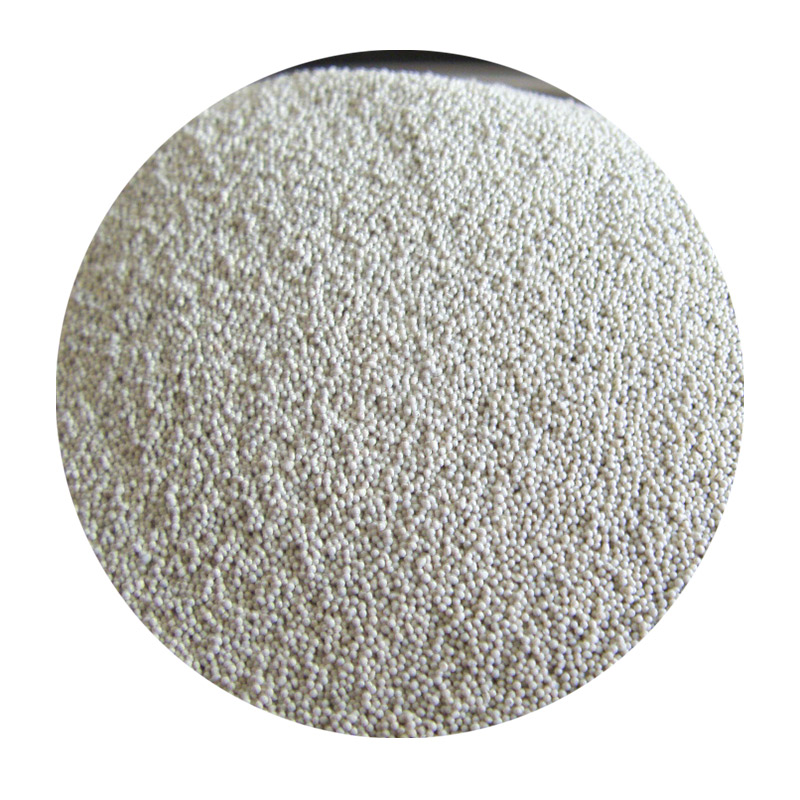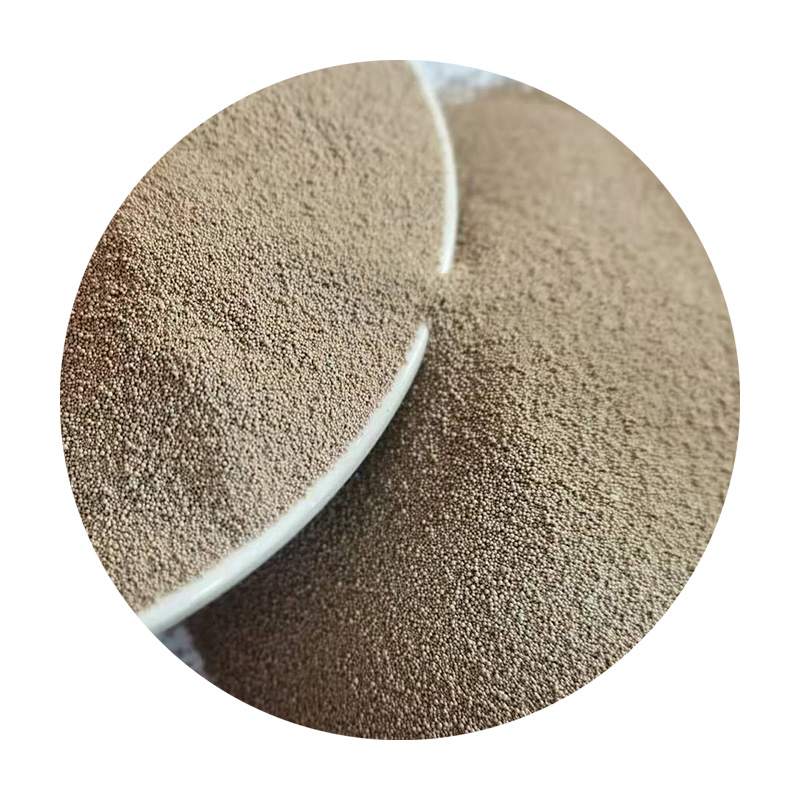

In terms of authoritative guidance, sand casting involves several technical standards that must be adhered to ensure precision and safety. Experts typically refer to industry standards like the American Foundry Society's guidelines, which provide detailed instructions on everything from mold material choices to finishing processes. Compliance with these standards guarantees the highest quality outputs, solidifying trust in sand casting as a reliable manufacturing process. The trustworthiness of sand cast products is further bolstered by ongoing advancements in technology that enhance the traditional methods of this craft. Advancements like computer-aided design (CAD) and 3D printing are being used increasingly to create patterns more accurately, reducing the room for error and increasing the fidelity of the final product. By embracing these innovations, manufacturers can now achieve unprecedented levels of precision, strength, and structural integrity in sand-cast items. Companies invested in sand casting often build their reputation on experience and a strong track record of delivering high-quality products. Potential customers should evaluate manufacturers based on their historical performance, adherence to safety standards, and demonstrated expertise. Customer testimonials and case studies are effective tools in assessing a company's credibility and reliability in delivering complex sand-cast components. For those interested in exploring sand casting either for industrial needs or artistic endeavors, the multitude of online forums and communities can serve as a valuable resource for real-world insights and networking opportunities. Connecting with industry veterans who share their experiences and advice can provide prospective clients and practitioners with the knowledge necessary to maximize the benefits of sand casting. In conclusion, sand casting is an enduring manufacturing technique that combines the richness of traditional craftsmanship with the precision of modern technology. Understanding the nuances of this technique, from material selection to meticulous mold design, requires a level of expertise and authority necessary to ensure a trustworthy final product. As industries continue to evolve, the enduring art of casting in sand remains a cornerstone of effective and innovative production solutions. Post time:јан . 28, 2025 06:10
Next:Ceramcast sand ball shape for sand casting
